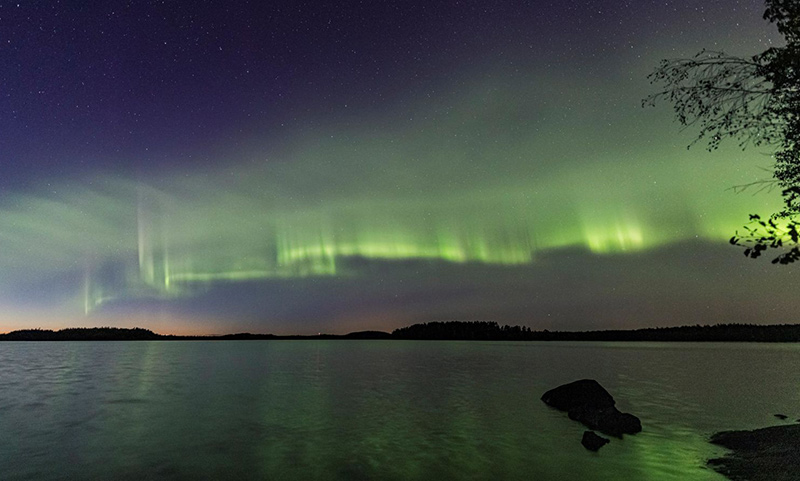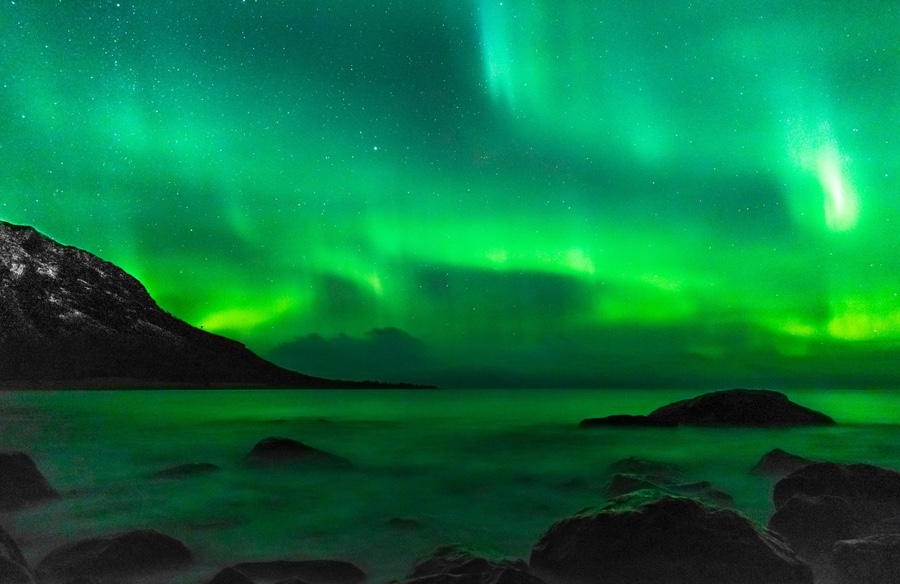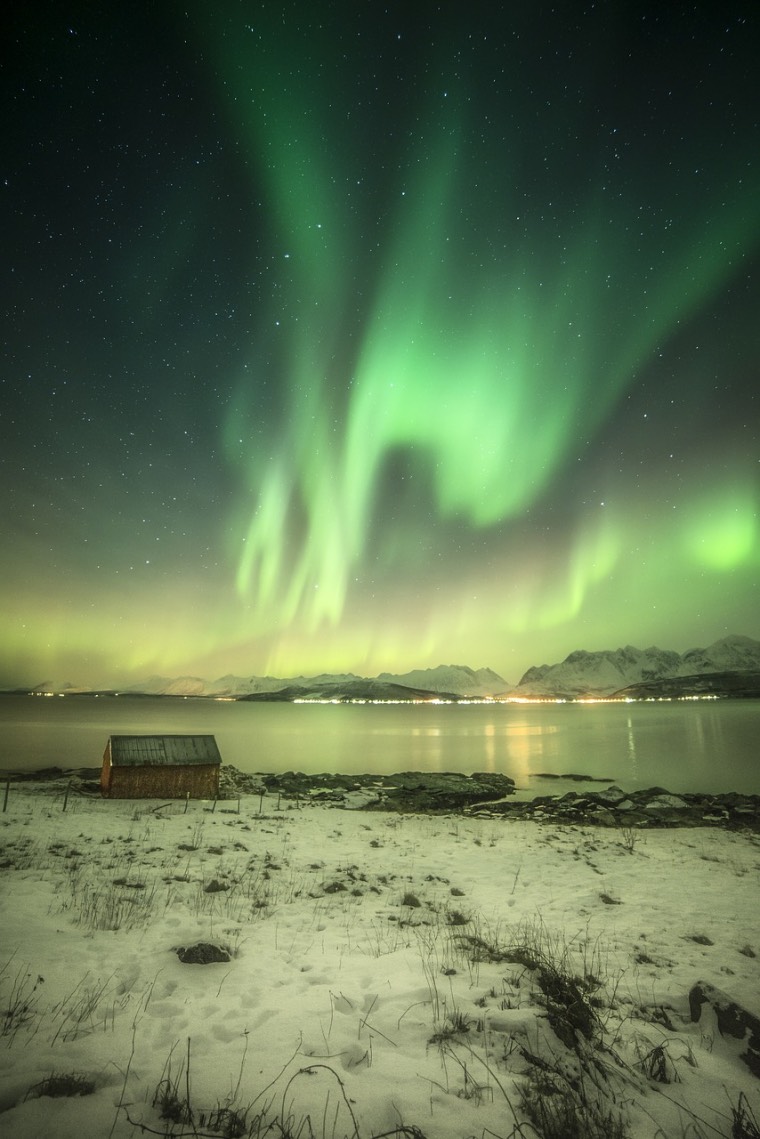Finnish researchers and hobby photographers have discovered a new type of northern light. It’s called “The Dunes.”
When someone first sees the northern lights, the reaction is typically one of two. They’re either underwhelmed, disappointed by a faint show or a lack of vibrancy in the colours. For others, it’s an experience they’ll remember for a lifetime.

But not all aurora are equal. There are different types, and new researchers have confirmed the discovery of a new one, hidden in plain sight. The phenomenon known as “The Dunes” does not fit into any of the previously established categories.
Found by photographers
In October 2018, several aurora enthusiasts from Finland watched a northern lights display with a difference. It was a wave-like motion, sweeping across the sky for many minutes.
Read more: Northern Lights Travel Guide
The photographers captured the phenomenon and contacted Finnish astrophysics researcher Minna Palmroth to find out what it was. She’d just published a book on the aurora, but hasn’t seen it before either.

Palmroth collaborated with the photographers and other researchers at the University of Helsinki to find out more. What helped was having so much photographic material and films of the same display.
By studying the phenomenon from multiple angles, they learned a lot about its characteristics, including what part of the atmosphere the lights originated in.
Like a rippling sand dune
So, what does this newly-identified type of light look like? The phenomenon has been described as luminous, rippling patterns of waves, like sand dunes on a beach. Here's a glimpse:
“One of the most memorable moments was when the phenomenon emerged so we were able to investigate it in real time. It was like putting together a big puzzle,” said hobby astronomer Matti Helin in a press release.
Studying the atmosphere
The study of aurora is relatively tough because the intersection of atmosphere and space is a difficult place to study.
Magnar Gullikstad Johnsen is a northern lights researcher at UiT Norway's Arctic University. He explained to forskning.no that it’s a difficult place to measure. “It is too high for hot air balloons, but too low for satellites. But with the northern lights, suddenly the invisible becomes visible.”
Read more: Surfing Under the Northern Lights
In this case, atmospheric and space researchers worked together. Their results have now been published in a scientific article, which describes their methodology and a detailed description of the “new” aurora.
According to the researchers, this type of northern light appears in the upper parts of the mesosphere. That’s an altitude of about 100 kilometers. The length of the waves is estimated to be 45 kilometres.

The researchers suspect that this is an example of what is known as “mesospheric drilling.” That’s when waves of oxygen atoms in the atmosphere interact with electron precipitation, producing glowing, “quilt”-like effects. Researchers believe that it could be a sign of an underlying wave motion in the atmosphere.
Read more: Interview: Chasing the Northern Lights
The northern lights continue to fascinate
The aurora boreal is continues to fascinate both scientists and the general public. Tourists come to Norway from all over the world hoping to get a glimpse of the “tricky lady.”
So it’s no surprise that this new research has spread so quickly. However, while the phenomenon is newly-discovered, that doesn’t mean it’s new. All of us may have seen it before.
“It shows that it is important to constantly monitor the sky, to understand what is really going on up there, well above our heads,” said Johnson.


In the fall of 1969, I was in the U.S. Navy. Our ship visited Bergen and Oslo and I absolutely fell in love with Norway. Frogner Park changed my life, but that’s another story.
While we were out at sea an announcement was made that the northern lights were visible off the starboard bow and that we would be passing under them in 20 minutes. It was like passing under a waving vibrant rainbow drapery. It was an experience I’ll never forget and one that I’ve told many people about.